Special focus: Foundations – facing a changing world head on
July 13, 2022
Isabel Peñalosa Esteban: Navigating testing times for Spain’s foundation sector
July 13, 2022Philanthropy is changing as the next generation of major givers comes to the fore with different ideas about how they want to offer their support, and what to. Simon Dickson, Senior Consultant and Head of Intelligence, THINK Consulting Solutions explores how things are shifting and what it means for nonprofits.
The face of philanthropy is changing – quite literally – and both what and how newer philanthropists support is increasingly different from previous generations.
Why people give probably hasn’t changed that much over the decades. Motivation remains driven by personal experience and empathy for the cause – it’s the classic giving from the heart approach. But the causes that are becoming popular are less traditional, with newer donors seeking different ways to bring about change.
At THINK, we have noticed some interesting shifts in philanthropy when it comes to newer philanthropists – whether truly Next Gen donors or simply those donors entering the philanthropy market for the first time.
Changes in who and what
Younger major donors have a greater desire to give in a more targeted way than their older counterparts. Data from Wealth-X in The New Normal suggests that younger donors donate to a narrower range of causes. And while they may be loyal to particular causes, such as the environment, they are not charity loyal. In other words, they will support initiatives that match their passion, but are just as likely to support a social enterprise or a campaign led by an organisation they haven’t supported previously. They simply support those they feel will deliver impact and change, and rather than giving via ‘old-fashioned’ bank transfer, they may want to donate cryptocurrency, which can send shock waves through finance directors and trustees.
The Milken Institute report Stepping off the Sidelines: The Unrealized Potential of Strategic Ultra-High-Net-Worth Philanthropy (2020) suggests that younger donors, be their wealth self-made or inherited, have a greater taste for donating to advocacy and a better understanding that this is likely to lead to greater impact for their giving. Newer female philanthropists are similarly motivated, especially in traditionally less popular causal areas such as refugees and migrants, as well as increasingly supporting causes directly related to women and girls. All are becoming more engaged, and seeking to be development partners rather than faceless donors; wanting to donate their expertise as well as their money, and to see real evidence of their impact.
Changes in how
The rise of philanthropist-led giving movements and the proliferation of DIY giving circles is a step further and has the potential to see some charities side-lined altogether. While they aren’t currently dominant in the market, there’s the possibility that their growth globally may, in time, attract major donors away from charity-led initiatives to other ‘independent’ major donor programmes where donors combine funds and donate to causes directly.
Where donors used to be more reactive and tended to support the projects they were asked, this too is changing. Over time, there has been a shift from ‘ad hoc’ giving to more strategic investment in charities whose vision aligns with the donor’s own. Donors are more proactive in identifying recipients, often using third parties to help in the process. Wealth and philanthropy managers at private banks or specialist organisations are being commissioned to help donors decide where to give and it is not always the usual suspects with big advertising budgets and a high profile among the general population.
What does it mean?
Trends witnessed in the wider major donor market should be heeded, and charities should consider how they can respond. Clearly, charities operating in causal areas that have not always been popular may find it easier to attract next generation donors. But even traditional causes need to consider how they can attract particular sub-groups of major donors and encourage them to give their time and expertise, as well as money. INGOs are leading the way here with several setting up giving groups specifically targeting younger or female philanthropists – or in some cases, both – with great success.
It is worth noting that there is a concentration of younger UHNWIs (ultra high net worth individuals) in the tech industry, which has come out of the Covid-19 crisis in good shape, but there are others. Whatever the sector, these potential philanthropists tend to hang out in different places and may not respond to classic fundraising events or asks and the same could be said of other new philanthropists. To engage them, charities will need to be clever, developing products and offers that appeal to their need for direct action and big impact.
There is a word of caution. Younger and female donors are both small minorities amongst UHNWI. The most reliable data suggests that women are perhaps between 1 in 7 and 1 in 10 of UHNWIs globally and only 12% of global UHNWIs are under 50, and it is slightly less than this in the key markets of North American and Europe. So, while they offer new opportunities, more traditional donor types should not be forgotten – for now at least.

Simon Dickson, Think Consulting Solutions
About Simon Dickson
Simon has been working for the charity sector for over 20 years. He started his career as a trust and foundation fundraiser but evolved into a major donor fundraiser through his leadership role in capital campaigns. As a Senior Consultant at THINK Consulting Solutions, he specialises in high value fundraising – trusts, major donors and corporate and their inter-relationships – and in helping charities develop their case for support. He also manages THINK’s Philanthropy and Partnerships, Compliance and Fundraising Directors’ Forums as well being a mentor for early career fundraisers.
Main photo by Christina Morillo on Pexels




